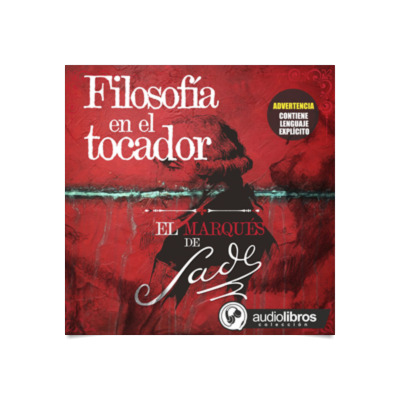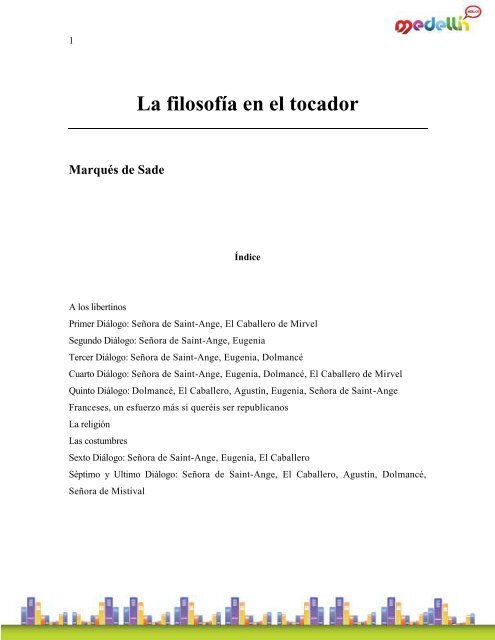
la filosofía en el tocador. de marqués de sade. - Comprar Libros de literatura erótica de segunda mano en todocoleccion - 277605863

la filosofía del tocador. - marqués de sade. td - Comprar Libros sin clasificar de segunda mano en todocoleccion - 309863443


















